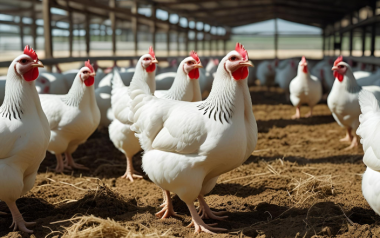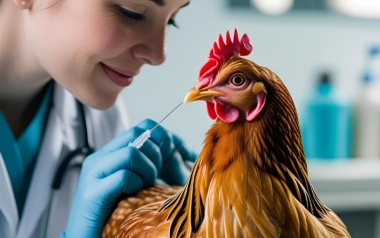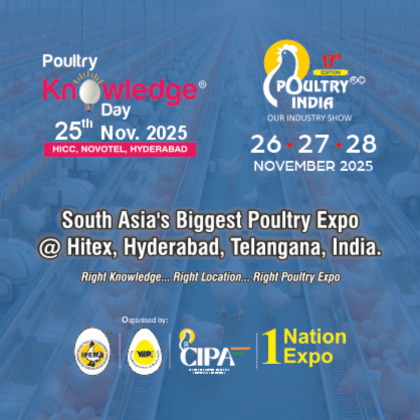With listeriosis estimated to cause 23,000 illnesses annually, it is imperative that intervention strategies be established to reduce the risk of foodborne illness to consumers, specifically L. monocytogenes. When factoring in demographic changes in the U.S., such as age and race, the rate of listeriosis is expected to increase from 0.25 per 100,00 in 2010 to 0.32 in 2030.
23 Mar 2022
Listeria monocytogenes in processing plants: Incidence and opportunities
Listeria monocytogenes is a psychrotrophic Gram-positive organism considered one of the more critical foodborne pathogens of public health concern.
Listeria monocytogenes is a psychrotrophic Gram-positive organism considered one of the more critical foodborne pathogens of public health concern. To prevent illness, the USDA and FDA enforce a zero-tolerance policy for Listeria on ready-to-eat foods such as delicatessen meats and poultry.
Regardless, L. monocytogenes can still be isolated from food production facilities and retail products, indicating that current sanitation methods are not always sufficient. Both conventional and alternative poultry production and processing systems have also been identified as potential sources of Listeria spp. Concerns associated with alternative poultry production and processing can be further exacerbated by limitations on sanitation and available antimicrobials for usage in organic and natural poultry products.
Opportunities for Listeria spp. contamination in poultry processing environments
Environments such as those associated with food processing appear to be a natural niche for Listeria spp. This certainly would hold for conventional poultry processing plants.
In most food sectors, the primary contamination sources of L. monocytogenes were determined to be:
- equipment,
- conveyor belts,
- trays,
- floors,
- drains, and
- workers
Surfaces such as slicing machines, packers, and conveyors that are in contact with the food product can become contaminated with persistent L. monocytogenes that can be brought into the plant from water sources, workers, or the raw product.
Once within the processing plant, persistent strains of L. monocytogenes can form biofilms, especially in crevasses on the processing machinery of drainage systems.
The persistence of L. monocytogenes on food contact surfaces has been reviewed by Carpentier and Cerf (2011). Repeated isolation during routine inspection has indicated that the pathogen can persist for up to a year and potentially longer in some facilities.
The Food Safety Inspection Service (FSIS) indicate that
TO CONTINUE READING REGISTER IT IS COMPLETELY FREE
Access to articles in PDF
Keep up to date with our newsletters
Receive the magazine for free in digital version
REGISTRATION
ACCESS
YOUR ACCOUNT
LOGIN
Lost your password?








































